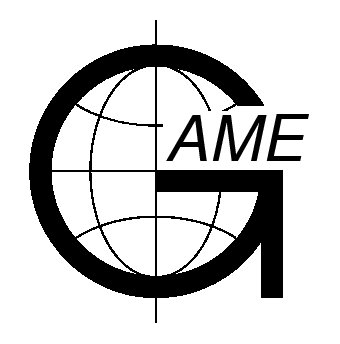Abstracts for the 5th International GAME Conf.

3-5 October 2001
Aichi Trade Center
Nagoya Japan
Estimation of surface solar radiation from satellite data and its validation using SKYNET data
T. TAKAMURA (1), I. OKADA (2), N. TAKEUCHI (1), G-Y Shi (4), T. NAKAJIMA (5)
(1) CEReS, Chiba University
(2) Japan Science and Technology Corporation
(4) Institute of Atmospheric Physics, Chinese Academy of Sciences
(5) CCSR, University of Tokyo
The downward solar radiation has been estimated using a geo-stationary satellite data, GMS-5. This amount is one of basic parameters for the energy budget at the surface. Also, the knowledge of its variation in time and space can give us important information on modification of climate and weather system. It is not easy, however, to detect clearly any signals of climate effect due to increasing human activities because the system is very complex and has lots of intrinsic function of stability.
The global monitoring of some physical parameters affecting to the surface radiation, such as cloud amount, cloud optical thickness, aerosol optical thickness and so on, is required to clarify the mechanism and trend. Some uncertainties of cloud and aerosol parameters in the global model come out the weakness of global modeling, as shown in IPCC report. In order to estimate the global impact of these effects, highly accurate analysis of satellite data should be performed with ground-based observation data as a validation.
In the GAME project, two radiation sites have been operated, i.e., Sri Samrong in Thailand and Hefei in China. These are members of SKYNET observation network spread out in East Asia. GAME sites are intensive observation sites, which have several instruments observing direct and diffuse solar radiation component, water vapor amount and liquid water content of cloud, in addition to basic instruments of sky radiometer, pyranometer and pyrgeometer
The surface solar radiation estimated using GMS-5 data is compared with that observed directly at the sites for two sky conditions, clear and cloud days. The clear days show relatively good accordance, but the cloud days have much bigger difference. These may have several reasons, for example, due to erroneous estimation of cloud amount and/or cloud optical thickness, or effect of cloud brokenness of cloud, or difference of spatial resolution.
More detailed discussion should be required for improvement of retrieval scheme of surface radiation.
Submittal Information
| Name : | Date : |
| |
| Organization : | Theme : |
Center for Environmental Remote Sensing, Chiba Univ. | |
| Address : | Presentation : |
1-33, Yayoi-cho, Inage-ku, CHIBA | |
| Country : | Abstract ID : |
| |
| Phone : | Fax : |
| |
| E-mail : | |
takamura@ceres.cr.chiba-u.ac.jp | |

